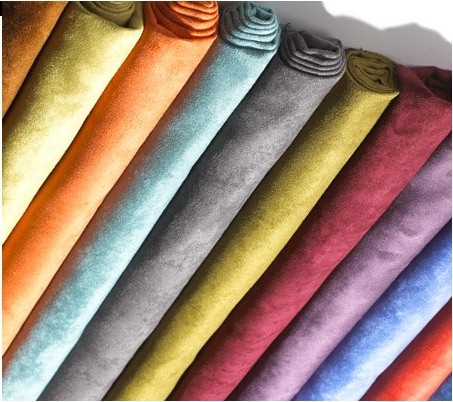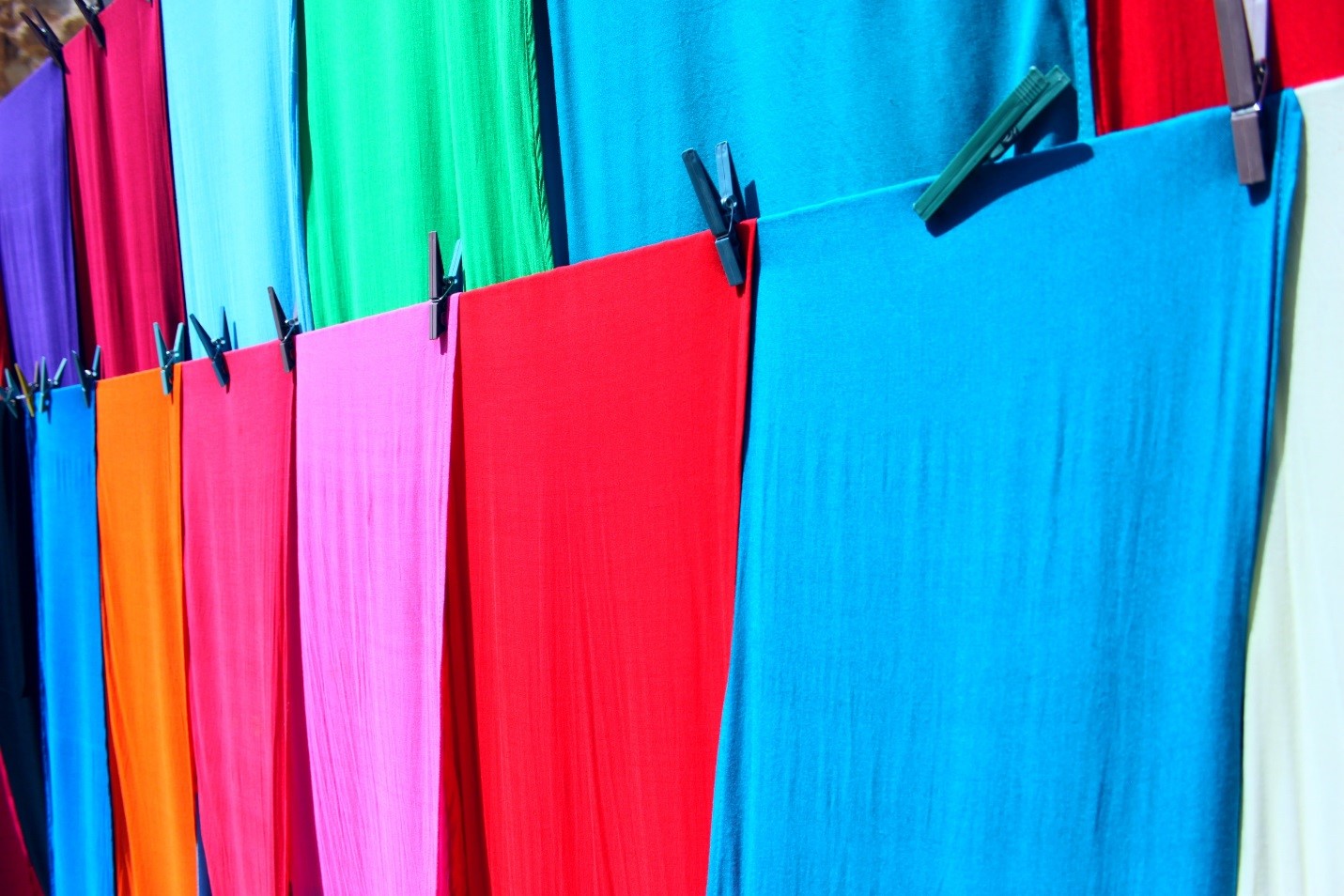Introduction to Textiles
In this article, you will have the overall ideas of introduction to textiles.
Textile: Originally the word “textile” applied only to woven fabrics. But now this word is generally applied to fiber, yarn or fabrics or products made of fibers, yarns or fabrics.
The word textile originates from the Latin verb texture – to weave.
Textile Fiber
Fiber means any substance that has a high length to width ratio. But textile fiber means any substance which has a high length to width ratio with suitable characteristics for being processed into fabric. For being textile fiber some properties are very important to have i.e.
Primary Properties of Textile Fiber
- High length to width ratio
- Tenacity
- Flexibility
- Spinning quality/ spin ability
- Uniformity
Secondary Properties of Textile Fibers
- Physical Shape
- Resiliency
- Density
- Flammability
- Lusture
- Color
- Moisture regain
- Elastic recovery
Classification of Textile
If we observe then we will find that broadly we can divide textile into four major categories according to the sources of materials from which textile is produced. These are:
- Animal textile
- e. Wool, Silk
- Plant textile
- Cotton, Flax, Jute
- Mineral textile
- Asbestos, Glass fiber
- Synthetic textile
- Nylon, Polyester, Acrylic
Yarn
The yarn is a continuous strand which is made by natural or synthetic fiber or material twisted or laid together that can be made into a textile fabric. So, a continuous twisted strand of natural or synthetic fibers used in weaving or knitting to produce fabric. The yarn can be different types depending on which types of fiber is using. It is a very important raw material for textile.
Fabric
A cloth of flexible planar substance constructed from solutions, fibers, yarns in any combination. Textile fabrics can also be produced directly from webs of fibers by bonding fusing or interlocking to make non-woven fabrics and felts.

In textile, especially fabric is the fundamental component of a ready-made garment, because it is the basic raw material of a garment. So, to know the manufacturing sequence of fiber to fabric is very important. The present time is the time of a quality product. It is impossible to maintain the quality of a garment without proper knowledge of textile manufacturing i.e. fiber, yarn, and fabrics.




Properties show in detail